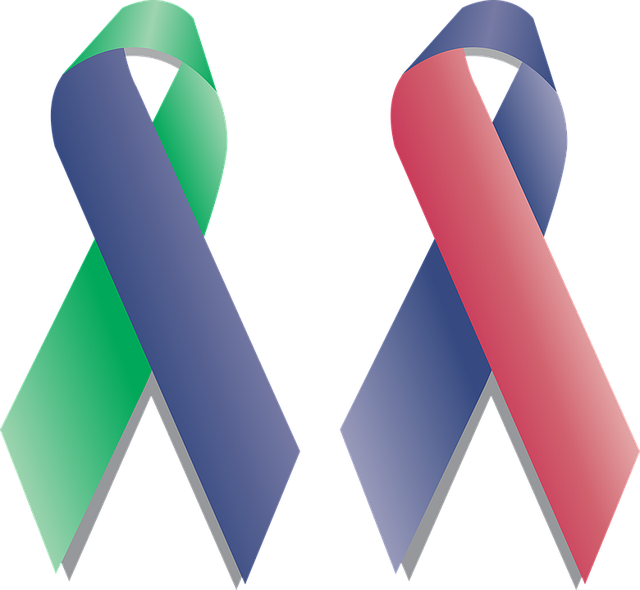
Contents
What Is Noonan Syndrome?
Noonan Syndrome is a rare congenital disorder characterized by physical and developmental differences. It affects 1 in 1000 to 2,500 people, making it one of the most common causes of inherited heart defects. Individuals with Noonan Syndrome may experience growth delays, heart defects, dysmorphic facial features, bleeding problems and other medical conditions.
How to Recognize Noonan Syndrome
There are a few clinical signs and symptoms that can be used to identify Noonan Syndrome. These include physical features such as facial features with a low anterior hairline, low set ears, wide set eyes, flat nose, upslanting eyes and a small lower jaw. Other common physical characteristics of those affected include webbed neck, short stature, chest deformities or a wide gap between the first and second toes.
Diagnosis and Treatment Options
Diagnosis of Noonan syndrome is typically made through physical exam, diagnostic tests and genetic testing. Common diagnostic tests include echocardiogram and MRI. Genetic testing, including gene sequencing, include to confirm a diagnosis.
Treatment of Noonan Syndrome depends on the individual and can include medications, surgery and physical or occupational therapy. Since some of the symptoms may be similar to other conditions, it is important to seek diagnosis and treatment from a medical professional.
Post Semantically Related To
What Is Noonan Syndrome? How to Recognize and Treat This Rare Congenital Disorder and Health
For individuals dealing with the rare congenital disorder, Noonan Syndrome, diagnosis and treatment can be complicated. People with Noonan Syndrome may have physical characteristics, developmental delays and heart defects. Diagnosis and treatment of Noonan Syndrome usually involves a physical exam and genetic testing, such as gene sequencing, and may include medications, surgery or physical and occupational therapy. Seeking diagnosis and treatment from a medical professional is important for individuals living with Noonan Syndrome and can offer relief from its complications.
